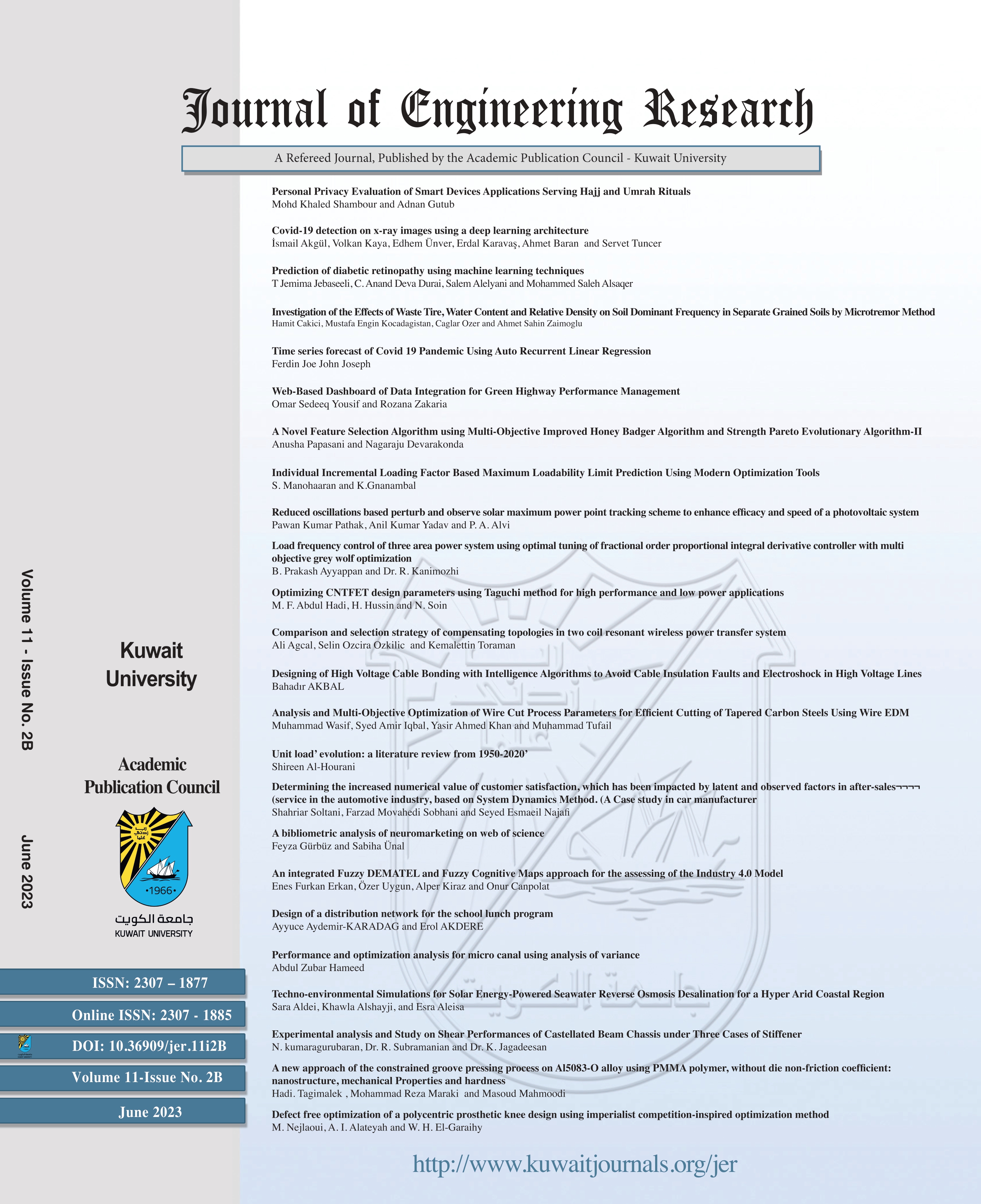Determining the increased numerical value of customer satisfaction, which has been impacted by latent and observed factors in after-sales service in the automotive industry, based on System Dynamics Method. (A Case study in car manufacturer)
Abstract
Contextualized in the field of customer satisfaction in after-sales service in the automotive industry, the authors contribute to increasing customer satisfaction in three essential ways. First, by offering a new conceptual framework that integrates prior studies and Delphi methodology to survey the automotive industry's experts to identify important and influential variables on customer satisfaction. Second, by developing a system dynamics and modeling method, to evaluate the effect of these variables on each other, and unlimitedly investigating the effect of these variables on customer satisfaction. Third, by offering an improvement scenario, we indicated what combination of latent and observed variables leads to numerical increase in the customer satisfaction index.
The analytical results of the survey indicates, the cost of services and repair time is reduced by 30% and also the time of car acceptance in the repair shop is reduced by 20% and at the same time the satisfaction with the description of repairs is increased by 30%, it will result in the 5% Increase in numerical satisfaction with the overall service.
Heretofore did not use a dynamic system model to determine the numerical amount of increasing customer satisfaction with after-sales service in the automotive industry .Therefore, the results of this study can be used as a basis for developing new policies in customer relationship management in automotive companies to increase the customer satisfaction. This fact can lead to increase the level of sale, and ultimately the company's profitability.
The article contributes to future research by determining the number of changes in the significant factors quantitatively to increase customer satisfaction.






